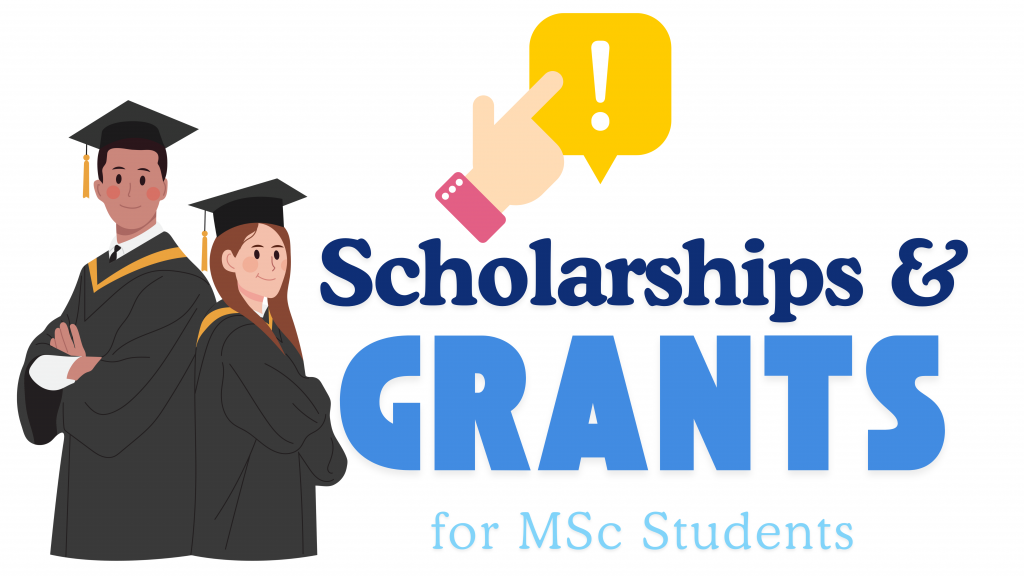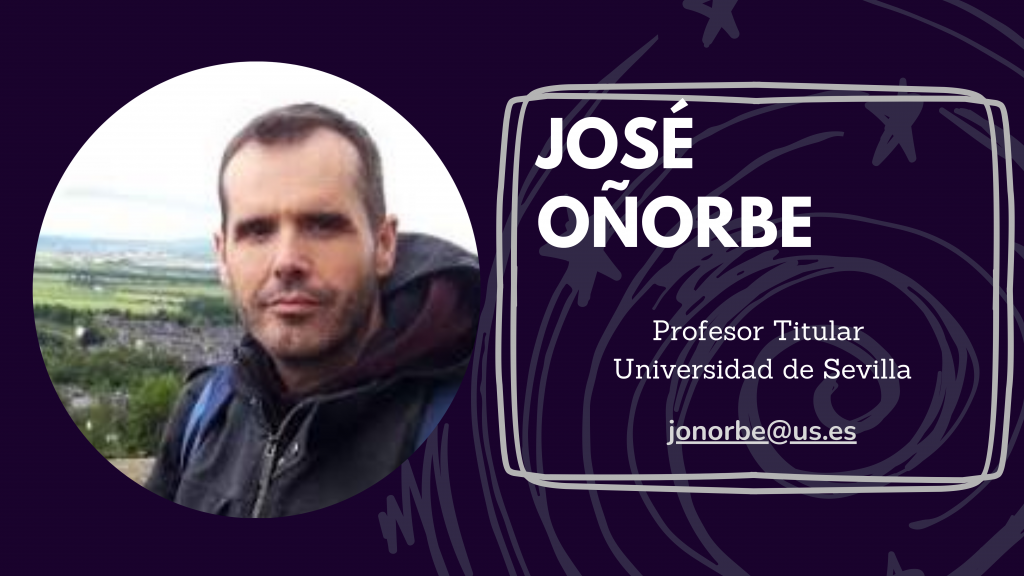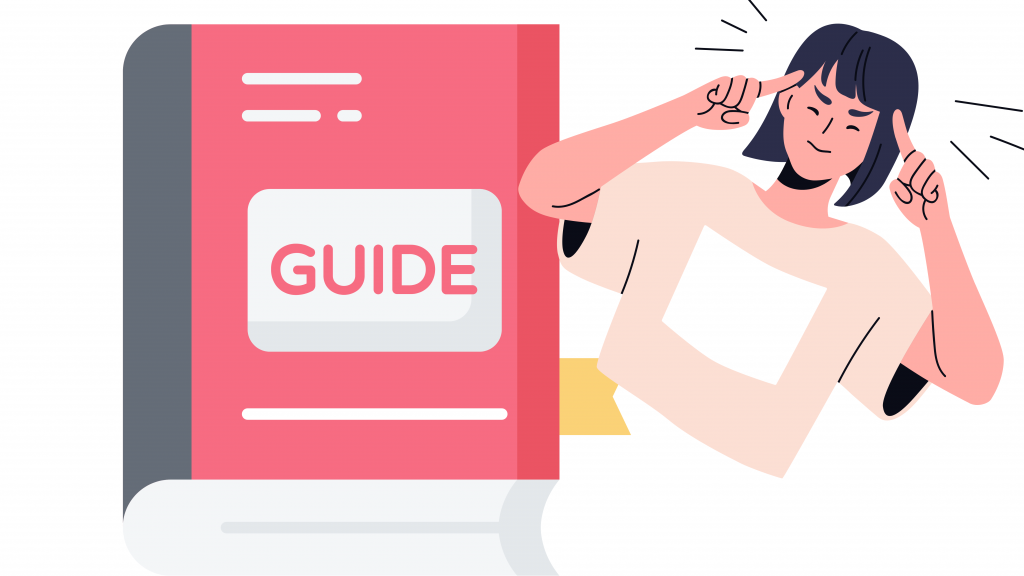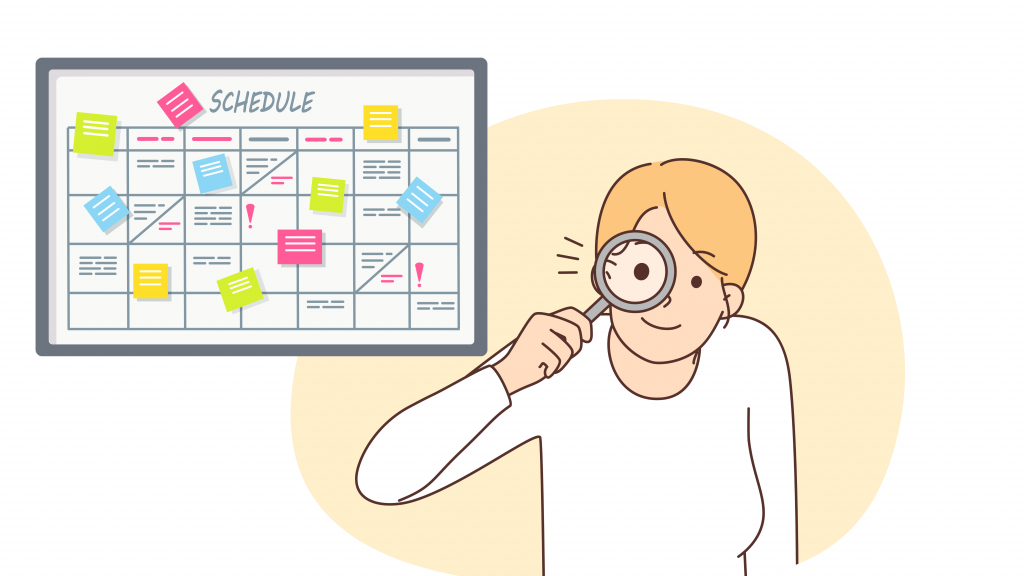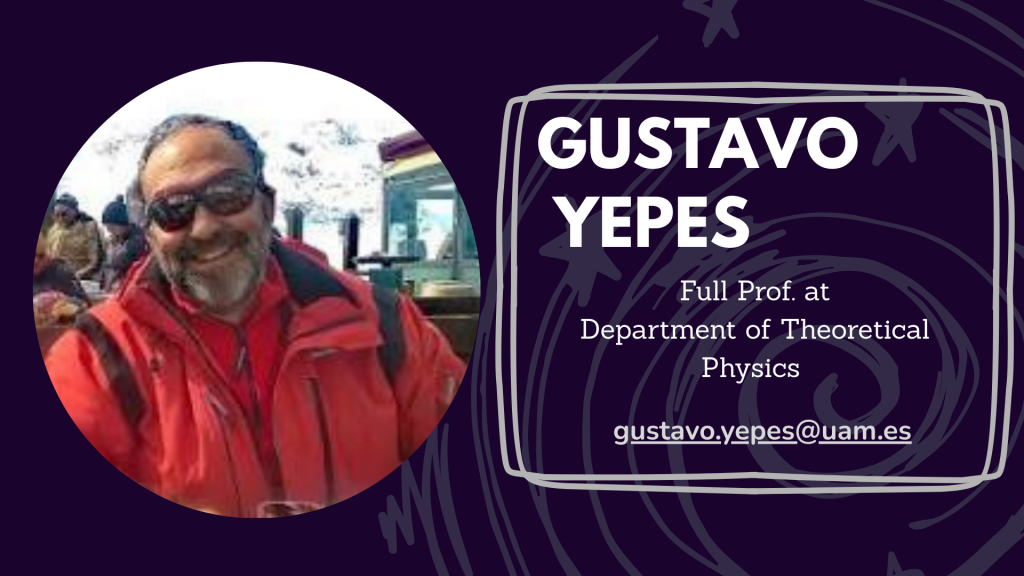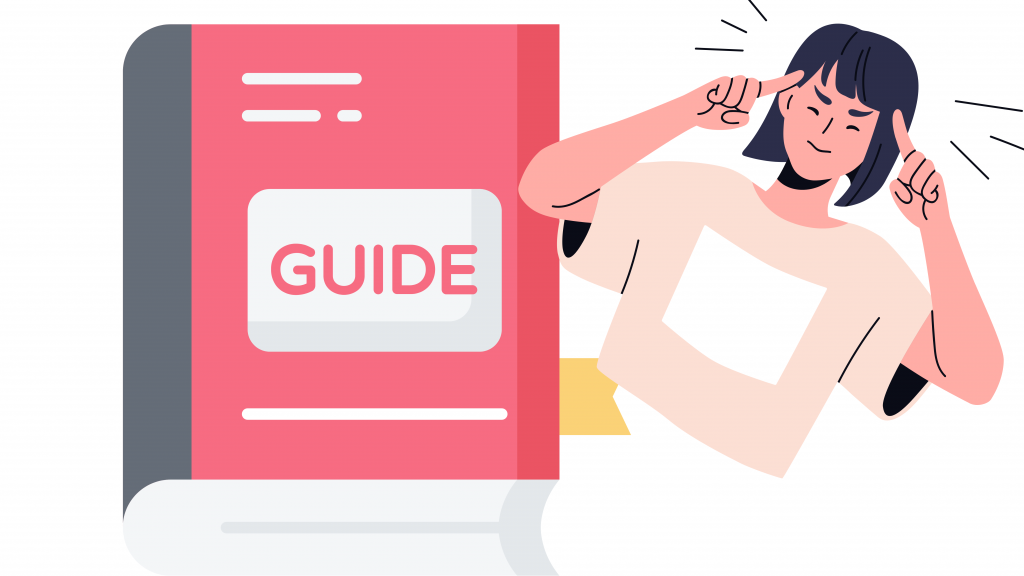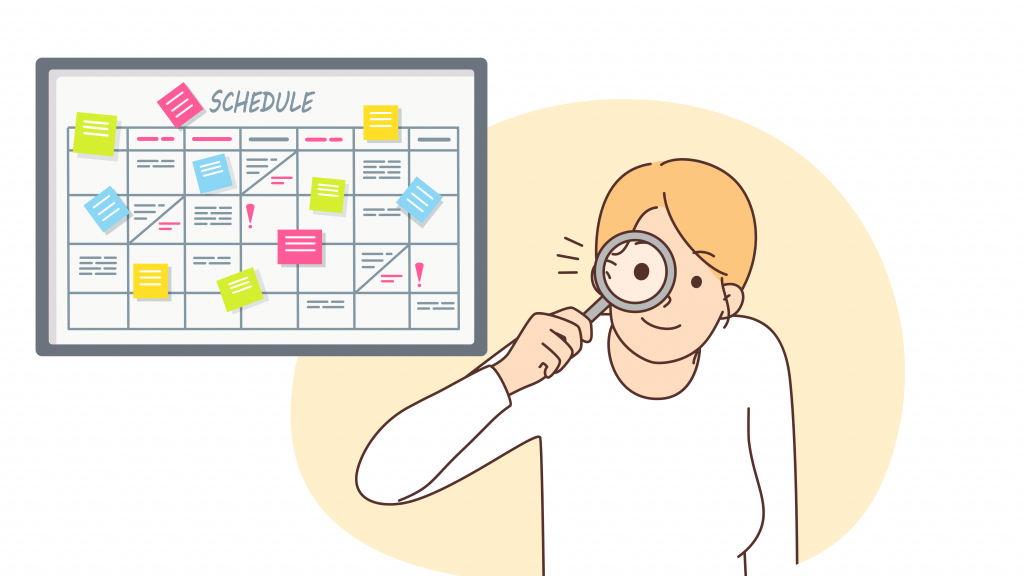Bustamante Bengoechea, Ignacio
LEGACIES OF THE DUST. A multiwavelength study of protoplanetary disks and young exoplanetary systems
Tutors: Eiroa de San Francisco, Carlos
Directors: Bouy, Hervé; Merín Martín, Bruno
Year: 2017
Santos Santos, Isabel María Eugenia
Dwarf galaxies in LCDM: distribution around hosts, dust emission and internal structure
Tutors: Dominguez Tenreiro, Rosa Maria
Directors: Brook, Christopher Bryan Anderson
Year: 2018
Casado Gómez, Javier
A new perspective on the evolution of galaxies: from global to local scales
Tutors: Ascasibar Sequeiros, Yago
Directors: Diaz Beltran, Angeles Isabel
Year: 2016
Massalkhi, Sarah
Estudio observacional de moléculas precursoras de polvo en envolturas circunestelares.
Tutors: Meeus, Gwendolyn
Directors: Cernicharo Quintanilla, José; Agúndez Chico, Marcelino
Year: 2020
Rebollido Vázquez, Isabel
Exocometas: estudio del entorno gaseoso de las estrellas de secuencia principal tipo A
Tutors: Villaver Sobrino, Eva Gloria
Directors: Montesinos Comino, Benjamín; Villaver Sobrino, Eva Gloria
Year: 2020
Pelayo Baldárrago, Mara Elizabeth
Formación estelar en cúmulos de alta y baja masa: explorando las condiciones iniciales y feedback en la formación de protoestellas y sus discos.
Tutors: Meeus, Gwendolyn
Directors: Sicilia Aguilar, Maria de la Aurora
Year: 2023
Bernardos Martín, María Isabel
Preparación de la explotación del Cherenkov Telescope Array: Análisis de LST y perspectivas para el estudio de la Gran Nube de Magallanes
Tutors: Meeus, Gwendolyn
Directors: Delgado Méndez, Carlos José; Salvatore Mangano
Year: 2020
Vilella Rojo, Gonzalo
THE STAR FORMATION RATE DENSITY IN THE LOCAL UNIVERSE USING J-PLUS DATA
Tutors: Diaz Beltran, Angeles Isabel
Directors: Carlos López San Juan; Kerttu Viironen
Year: 2019
Mostoghiu, Robert Adriel
CLUES from The Three Hundred: A two-way approach to the influence of baryonic physics on galaxy formation.
Tutors: Knebe, Alexander
Directors: Yepes Alonso, Gustavo; Knebe, Alexander
Year: 2020
Romero Calleja, Mario
Modelos analíticos y numéricos de transporte radiativo en galaxias.
Tutors: Ascasibar Sequeiros, Yago
Directors: Molla Lorente, Mercedes; Ascasibar Sequeiros, Yago
Year: 2022
Rubio Díez, María del Mar
Una visión multi-longitud de onda de la evolución estelar en estrellas masivas: reexaminando el límite superior de masa y restringiendo los índices de pérdida de masa”.
Tutors: Meeus, Gwendolyn
Directors: Francisco Najarro
Year: 2021
Rodríguez Baras, Marina
Estudio diferencial de procesos de formación estelar en regiones HII de disco internas y externas de galaxias espirales cercanas
Tutors: Diaz Beltran, Angeles Isabel
Directors: Diaz Beltran, Angeles Isabel; Rosales Ortega, Fernando Fabian
Year: 2019
Tomas Calderon, Laura
Estudio en rayos-X de la conexión entre brotes de formación estelar y actividad nuclear y su origen por fusión de galaxias.
Tutors: Diaz Beltran, Angeles Isabel
Directors: Eleni Kalfountzou; MATZEU, GABRIELE
Year: 2024
Sota Ballano, Alfredo
UN SONDEO ESPECTROSCÓPICO DE ESTRELLAS O GALÁCTICAS
Tutors: Diaz Beltran, Angeles Isabel
Directors: Jesús Maíz Apellániz
Year: 2018
Millán Irigoyen, Iker
Modelos químicos y espectrofotométricos de evolución de galaxias
Tutors: Ascasibar Sequeiros, Yago
Directors: Ascasibar Sequeiros, Yago; Mollá Lorente, Mercedes
Year: 2023
Zamora Arenal, Sandra
Un estudio integral de procesos de formación estelar en regiones circumnucleares de galaxias.
Tutors: Diaz Beltran, Angeles Isabel
Directors: Ascasibar Sequeiros, Yago
Year: 2023
Carrascosa de Lucas, Héctor
Análogos de hielo interestelar: transferencia de energía, fotodesorción y fotoquímica.
Tutors: Meeus, Gwendolyn
Directors: Muñoz Caro, Guillermo
Year: 2022
Guzmán Díaz, Jorge
Sistemas Herbig Ae/Be: estrellas, discos e interacciones estrella-disco
Tutors: Meeus, Gwendolyn
Directors: Benjamín Montesinos Comino; Iganacio Mendigutía Gómez
Year: 2024
Castrillo Varona, Asier
Supernovas y remanentes de supernova extragaláticos en muestreos de espectroscopia de campo integral
Tutors: Ascasibar Sequeiros, Yago
Directors: Diaz Beltran, Angeles Isabel
Year: 2024
Mérida González, Rosa María
Extensión de las relaciones de escala de formación estelar hasta 10^8 M_sun a 1 < z < 3 con HST, GTC y ALMA
Tutors: Diaz Beltran, Angeles Isabel
Directors: Sanchez Blazquez, Patricia; Pablo G. Pérez González
Year: 2024
Corcho Caballero, Pablo
Envejecimiento y apagado galáctico.
Tutors: Ascasibar Sequeiros, Yago
Directors: Ángel Rafael López Sánchez
Year: 2023
de Andrés Hernández, Daniel
Aplicaciones de la inteligencia artificial en el proyecto de the three hundred simulation
Tutors: Yepes Alonso, Gustavo
Directors: Yepes Alonso, Gustavo
Year: 2024
García Martín, Pablo
Machine Learning Aplicado a Datos de Archivos Astronómicos
Tutors: Ascasibar Sequeiros, Yago
Directors: Bruno Merín Martín
Year: 2024
Contreras de Santos, Ana
Análisis de cúmulos de galaxias modelados teóricamente
Tutors: Knebe, Alexander
Directors: Knebe, Alexander
Year: 2024
Lorenzo González, Marta
Tutors: Meeus, Gwendolyn
Directors: García García, Miriam; Najarro de la Parra, Francisco
Year: 2025
Gámez Marín, Matías
Eppur si Muovono… in Piano: La Persistencia Cinemática de los Planos de Galaxias Satélites
Tutors: Knebe, Alexander
Directors: Dominguez Tenreiro, Rosa Maria
Year: 2025
López Cano, Daniel
Mejorando las Simulaciones Cosmológicas: Modelos semianalíticos, estructura interna de los halos y técnicas de aprendizaje automático
Tutors: Knebe, Alexander
Directors: Angulo, Raúl
Year: 2024

